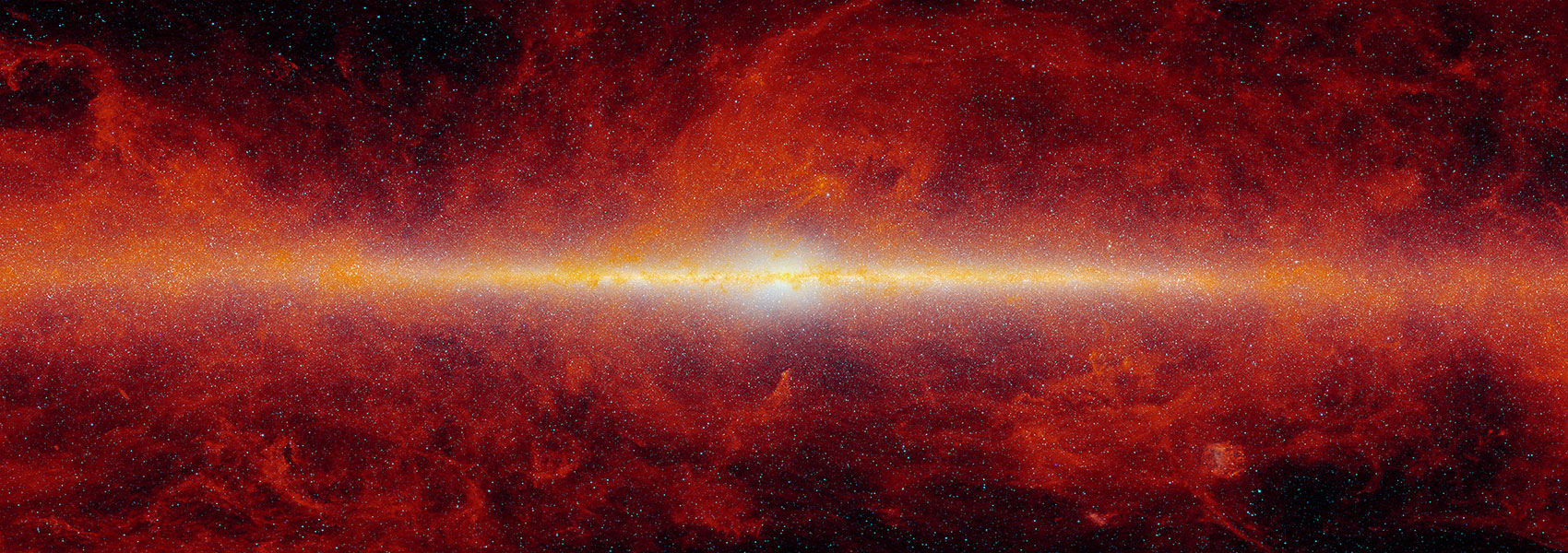
JWST Reveals a Luminous Infrared Source at the Position of the Failed Supernova Candidate N6946-BH1
April 2024 • 2024ApJ...964..171B
Abstract • N6946-BH1 (BH1) is the first plausible candidate for a failed supernova (SN), a peculiar event in which a massive star disappears without the expected bright SN, accompanied by collapse into a black hole (BH). Following a luminous outburst in 2009, the source experienced a significant decline in optical brightness, while maintaining a persistent IR presence. While it was proposed to be a potential failed SN, such behavior has been observed in SN impostor events in nearby galaxies. Here, we present late-time observations of BH1, taken 14 yr after disappearance, using JWST's NIRCam and MIRI instruments to probe a never before observed region of the object's spectral energy distribution (SED). We show for the first time that all previous observations of BH1 (pre- and postdisappearance) are actually a blend of at least three sources. In the near-infrared, BH1 is notably fainter than the progenitor but retains similar brightness to its state in 2017. In the mid-infrared the flux appears to have brightened compared to the inferred fluxes from the best-fitting progenitor model. The total luminosity of the source is between 13% and 25% that of the progenitor. We also show that the IR SED appears consistent with polycyclic aromatic hydrocarbon features that arise when dust is illuminated by near-ultraviolet radiation. At present, the interpretation of BH1 remains uncertain. The observations match expectations for a stellar merger, but theoretical ambiguity in the failed SN hypothesis makes it hard to dismiss.
Links
- PREPRINT http://arxiv.org/abs/2309.16121
- NED https://ned.ipac.caltech.edu/uri/NED::InRefcode/2024ApJ...964..171B
- ELECTR https://doi.org/10.3847/1538-4357/ad21fa
- SIMBAD https://simbad.u-strasbg.fr/simbad/sim-ref?querymethod=bib&simbo=on&submit=submit+bibcode&bibcode=2024ApJ...964..171B
- PDF https://iopscience.iop.org/article/10.3847/1538-4357/ad21fa/pdf
- DATA https://archive.stsci.edu/mastbibref.php?bibcode=2024ApJ...964..171B
- DATA https://doi.org/10.17909/vm7n-vn41


